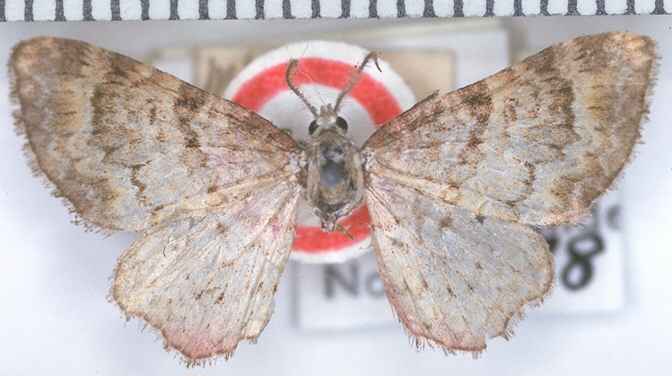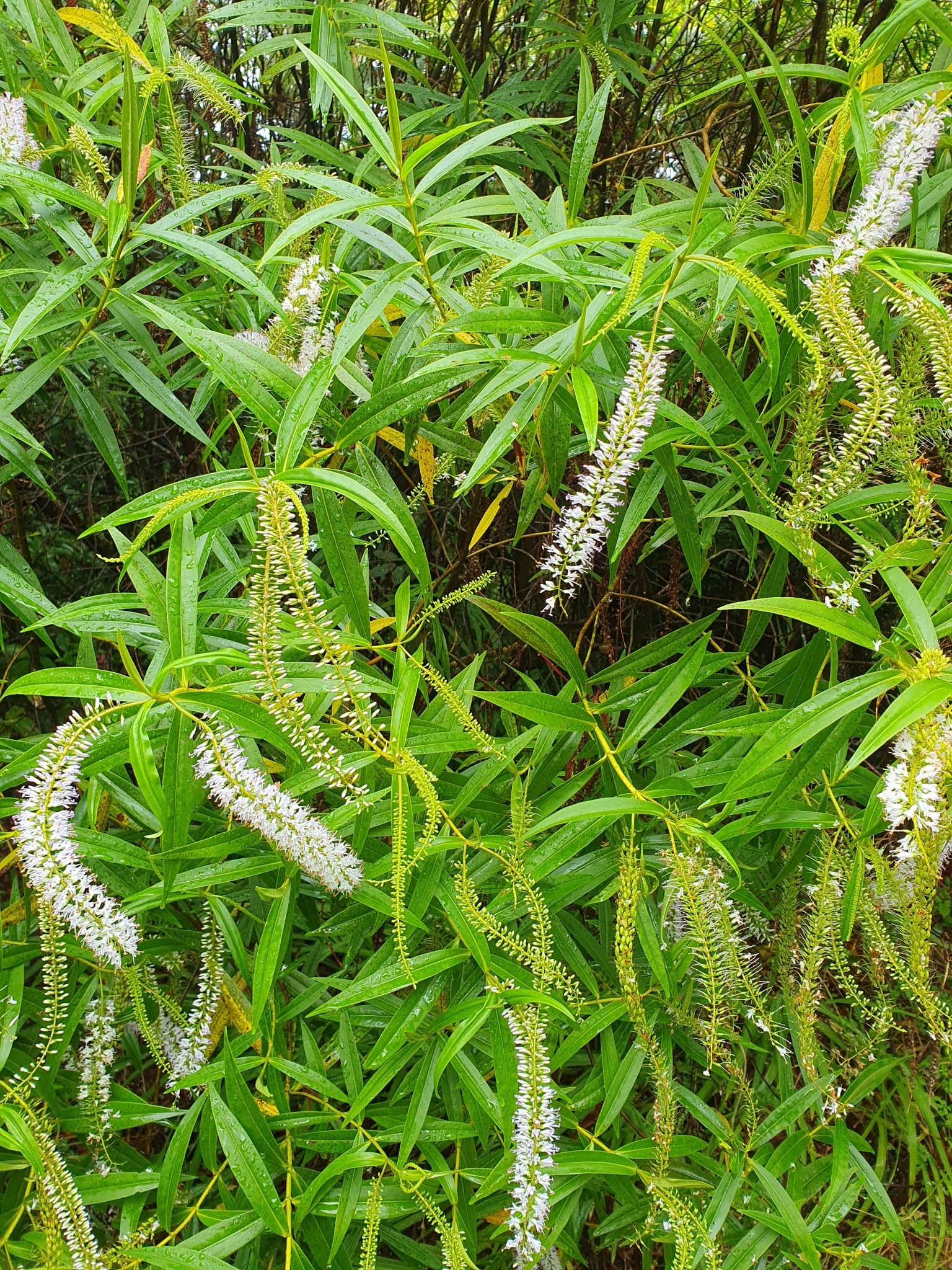|
Pasiphila
''Pasiphila'' is a genus of moths in the family Geometridae. As of 2005 about 36 species were known, and of these, some 27 are native to New Zealand.Viidalepp, J. and V. Mironov. (2005)''Pasiphila hyrcanica'' sp. n.(Geometridae, Larentiinae) – a new species from Azerbaijan and Iran. ''Nota lepidopterologica'' 28(3-4) 193-201. Species *''Pasiphila acompsa'' *''Pasiphila aristias'' *''Pasiphila bilineolata'' *''Pasiphila charybdis'' *''Pasiphila chloerata'' - sloe pug *''Pasiphila coelica'' *''Pasiphila cotinaea'' *''Pasiphila debiliata'' *''Pasiphila derasata'' *''Pasiphila dryas'' *''Pasiphila erratica'' *''Pasiphila excisa'' *''Pasiphila fumipalpata'' *'' Pasiphila furva'' *'' Pasiphila halianthes'' *''Pasiphila heighwayi'' *''Pasiphila humilis'' *''Pasiphila hyrcanica'' *''Pasiphila kumakurai'' *''Pasiphila lita'' *'' Pasiphila lunata'' *''Pasiphila magnimaculata'' *''Pasiphila malachita'' *''Pasiphila melochlora'' *''Pasiphila muscosata'' *''Pasiphila nebulosa'' *'' Pasiphila ... [...More Info...] [...Related Items...] OR: [Wikipedia] [Google] [Baidu] |
Pasiphila Muscosata
''Pasiphila muscosata'', the emerald pug moth, is a moth in the family Geometridae. It is endemic to New Zealand and has been found in the North, South and Stewart Islands. The larvae of this species are known to be present in January and live on ''Muehlenbeckia'' species including ''Muehlenbeckia australis.'' The larvae tends to be brown but it is variable in both colour and markings. The larvae of this species pupates in a loose cocoon on the ground and adult moths emerge in September. Adults are commonly on the wing until the following May. Although adults tend to be a deep emerald green colour this species is again variable and there is also an orange-yellow variety as well as intermediate forms. Adults are attracted to light and often rest during the day on tree trunks. Taxonomy This species was first described by Francis Walker in 1862 and named ''Eupithecia muscosata''. Walker used a specimen collected by T. R. Oxley in Nelson. In 1868 Achille Guenée, thinking he was de ... [...More Info...] [...Related Items...] OR: [Wikipedia] [Google] [Baidu] |
Pasiphila Fumipalpata
''Pasiphila fumipalpata'' is a moth in the family Geometridae. It is endemic to New Zealand New Zealand ( mi, Aotearoa ) is an island country in the southwestern Pacific Ocean. It consists of two main landmasses—the North Island () and the South Island ()—and over 700 smaller islands. It is the sixth-largest island count .... Description Males are long; females . Both genders are white, red, green, and grey. References External links * * Moths described in 1875 fumipalpata Moths of New Zealand {{Eupitheciini-stub ... [...More Info...] [...Related Items...] OR: [Wikipedia] [Google] [Baidu] |
Pasiphila Bilineolata
''Pasiphila bilineolata'' is a moth in the family Geometridae. It is endemic to New Zealand and can be found in the North and South Islands. The species inhabits native forest and shrubland and the larvae feed on '' Hebe'' species. Adults are on the wing commonly from August to January but have been observed most months of the year and are attracted to light. Taxonomy This species was first described by Francis Walker in 1862 and named ''Eupithecia bilineolata''. Walker used a specimen collected by T. R. Oxley in Nelson. In 1888 Edward Meyrick placed this species in the genus ''Pasiphila''. In 1898 and again in 1928 George Hudson discussed and illustrated this species under the name ''Chloroclystis bilineolata''. In 1971 John S. Dugdale placed this species back in the genus ''Pasiphila''. In 1988 Dugdale confirmed this placement and also synonymised ''Chloroclystis lacustris'', ''Chloroclystis paralodes'' and ''Chloroclystis zatricha'' with this species. Robert Hoare, in the N ... [...More Info...] [...Related Items...] OR: [Wikipedia] [Google] [Baidu] |
Pasiphila Erratica
''Pasiphila erratica'' is a moth in the family Geometridae. It is endemic to New Zealand. Specimens were first collected at Bold Peak, in the Humboldt Ranges and the Hunter Mountains The Hunter Mountains of Lake Manapouri, New Zealand, were named by surveyor James McKerrow after the famous anatomist John Hunter. The Hunter Mountain Range covers an area between The South Arm and Hope Arm of Lake Manapouri South to the Green ... in the South Island. References External links * * Moths described in 1916 erratica Moths of New Zealand Endemic fauna of New Zealand Endemic moths of New Zealand {{Eupitheciini-stub ... [...More Info...] [...Related Items...] OR: [Wikipedia] [Google] [Baidu] |
Pasiphila Melochlora
''Pasiphila melochlora'' is a moth in the family Geometridae. It is endemic to New Zealand. The larvae feed on the foliage of ''Clianthus maximus ''Clianthus maximus'', commonly known as kaka beak (''kōwhai ngutu-kākā'' in Māori), is a woody legume shrub native to New Zealand's North Island. It is one of two species of ''Clianthus'' (kaka beak) and both have striking clusters of re ...''.E. K. CameronKakabeak under attack/ref> References External links * * Moths described in 1911 melochlora Moths of New Zealand Endemic fauna of New Zealand Taxa named by Edward Meyrick Endemic moths of New Zealand {{Eupitheciini-stub ... [...More Info...] [...Related Items...] OR: [Wikipedia] [Google] [Baidu] |
Pasiphila Aristias
''Pasiphila aristias'' is a species of moth in the family Geometridae. It was described by Edward Meyrick in 1897 and is endemic to New Zealand. This species is found in both the North and South Islands and inhabits subalpine and native forest. Adults are on the wing in December and January and are attracted to light. Taxonomy This species was first described by Edward Meyrick in 1897 and named ''Chloroclystis aristias''. George Hudson discussed and illustrated this species in both his 1898 and his 1928 books under that name. In 1971 John S. Dugdale placed this species in the genus ''Pasiphila''. In 1988 Dugdale discussed this species under the name ''Pasiphila aristias'' and in 2010 Robert Hoare in the New Zealand Inventory of Biodiversity followed this placement. The male holotype specimen, collected by George Hudson in a limestone valley at the foot of Mount Peel in the Mount Arthur tablelands at an elevation of about 4000 ft, is held at the Natural History Museum, London. ... [...More Info...] [...Related Items...] OR: [Wikipedia] [Google] [Baidu] |
Pasiphila Chloerata
''Pasiphila chloerata'', the sloe pug, is a moth in the family Geometridae. It is found from Europe to the Amur Region and central Asia. The wingspan is . Adults are on wing from May to June. There is one generation per year. The larvae feed on '' Amelanchier'' and ''Prunus'' species (including '' Prunus padus'', ''Prunus virginiana'' and ''Prunus spinosa ''Prunus spinosa'', called blackthorn or sloe, is a species of flowering plant in the rose family Rosaceae. The species is native to Europe, western Asia, and regionally in northwest Africa. It is locally naturalized in New Zealand, Tasmania, ...''). Larvae can be found from April to May. It overwinters as an egg. Subspecies *''Pasiphila chloerata chloerata'' *''Pasiphila chloerata bowringi'' (Prout, 1958) References External links ''Fauna Europaea'' [...More Info...] [...Related Items...] OR: [Wikipedia] [Google] [Baidu] |
Pasiphila Cotinaea
''Pasiphila cotinaea'' is a species of moth in the family Geometridae. It is endemic to New Zealand. Its larvae feed off ''Olearia'' species and the adult moth can be seen on the wing from November to April. This species is regarded as rare. Taxonomy This species was first described in 1913 by Edward Meyrick and named ''Chloroclystis cotinaea''. Meyrick collected the type specimen in March 1883 in Masterton. This specimen is held at the Natural History Museum, London. George Hudson discussed this species in 1928 in his book ''The Butterflies and Moths of New Zealand'' stating that no other examples of this moth had yet been found. In 1931 Meyrick, thinking he was describing a new species, again described and naming it ''Chloroclystis tornospila''. Meyrick used a specimen collected by George Hudson in the Tongariro National Park which is also held at the Natural History Museum, London. In 1939 Hudson illustrated this moth in ''A Supplement to the Butterflies and Moths of New Ze ... [...More Info...] [...Related Items...] OR: [Wikipedia] [Google] [Baidu] |
Pasiphila Acompsa
''Pasiphila acompsa'' is a moth in the family Geometridae. It was described by Louis Beethoven Prout in 1927. It is endemic to New Zealand and has been observed in mountainous locations in both the North and South Islands. Larvae of this species have been reared on plants within the Veronica genus. Adults are on the wing from December to February. Taxonomy This species was first described by Alfred Philpott in 1915 and named ''Chloroclystis modesta''. However the species name ''Chloroclystis acompsa'' was proposed by Louis Beethoven Prout as a replace name for the name given by Alfred Philpott which Prout regarded as being preoccupied by ''Chloroclystis modesta'' described by William Warren. In 1971 John S. Dugdale placed this species in the genus ''Pasiphila''. In 1988 John S. Dugdale discussed this species under the name ''Pasiphila acompsa'' and in 2010 Robert Hoare in the New Zealand Inventory of Biodiversity followed this placement. The male holotype specimen was collected ... [...More Info...] [...Related Items...] OR: [Wikipedia] [Google] [Baidu] |
Pasiphila Rectangulata
The green pug (''Pasiphila rectangulata'') is a moth of the family Geometridae. It is sometimes placed in the genus ''Chloroclystis'' or '' Rhinoprora''. It is common throughout the Palearctic region (from Ireland to Japan) and the Near East, but also appears in North America. Typically this species has green wings with distinct dark bars but it can be quite variable and is often mostly dark brown with little green. The green coloration also fades over time. "Green, more or less dulled with black, the lines black, the postmedian forming sharper angles than in the two following ('' C. debiliata'', '' C. agitata''). Underside very sharply marked. - In ab. ''subaerata'' Hbn. the black markings are reduced, only the antemedian and the postmedian line developed. -In ab. ''cydoniata'' Bkh. the black is increased, particularly in the median area. - ab. ''cydoniata'' is entirely or almost entirely black."Prout, L.B. 1912–16. Geometridae. In A. Seitz (ed.) ''The Macrolepidoptera of the ... [...More Info...] [...Related Items...] OR: [Wikipedia] [Google] [Baidu] |
Pasiphila Derasata
''Pasiphila derasata'' is a species of moth in the family Geometridae. It is found in Africa, south of the Sahara, including the Islands of the Atlantic Ocean (Cabo Verde , national_anthem = () , official_languages = Portuguese , national_languages = Cape Verdean Creole , capital = Praia , coordinates = , largest_city = capital , demonym ...) and the island of the Indian Ocean. The wingspan of this moth is about . The edge of the forewings of the males have a convex shape that makes it easy to distinguish them from the females. References External links * * derasata Moths described in 1905 Moths of Cape Verde Moths of Madagascar Moths of Mauritius Moths of Réunion Moths of Africa {{Eupitheciini-stub ... [...More Info...] [...Related Items...] OR: [Wikipedia] [Google] [Baidu] |
Pasiphila Debiliata
''Pasiphila debiliata'', the bilberry pug, is a moth of the family Geometridae. It is found from Europe, east to southern Siberia, the Amur region and Japan. The wingspan is . The ground colour is a very delicate, evanescent pale green, the crosslines are much weak, strongest on the veins. — ab. ''nigropunctata'' Chant, has only the principal lines, these being marked as strong vein-dots. — ''grisescens'' Dietze is silvery grey without a tinge of green.Prout , L.B. 1912–16. Geometridae. In A. Seitz (ed.) ''The Macrolepidoptera of the World''. The Palaearctic Geometridae, 4. 479 pp. Alfred Kernen, Stuttgart. Discal spot present. The larva is light green with scattered, fine, pale bristles. Adults are on wing from June to July. The larvae feed on ''Vaccinium myrtillus ''Vaccinium myrtillus'' or European blueberry is a holarctic species of shrub with edible fruit of blue color, known by the common names bilberry, blaeberry, wimberry, and whortleberry. It is more precisely ... [...More Info...] [...Related Items...] OR: [Wikipedia] [Google] [Baidu] |




